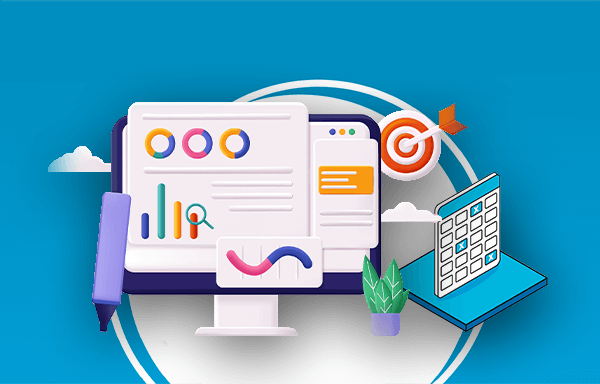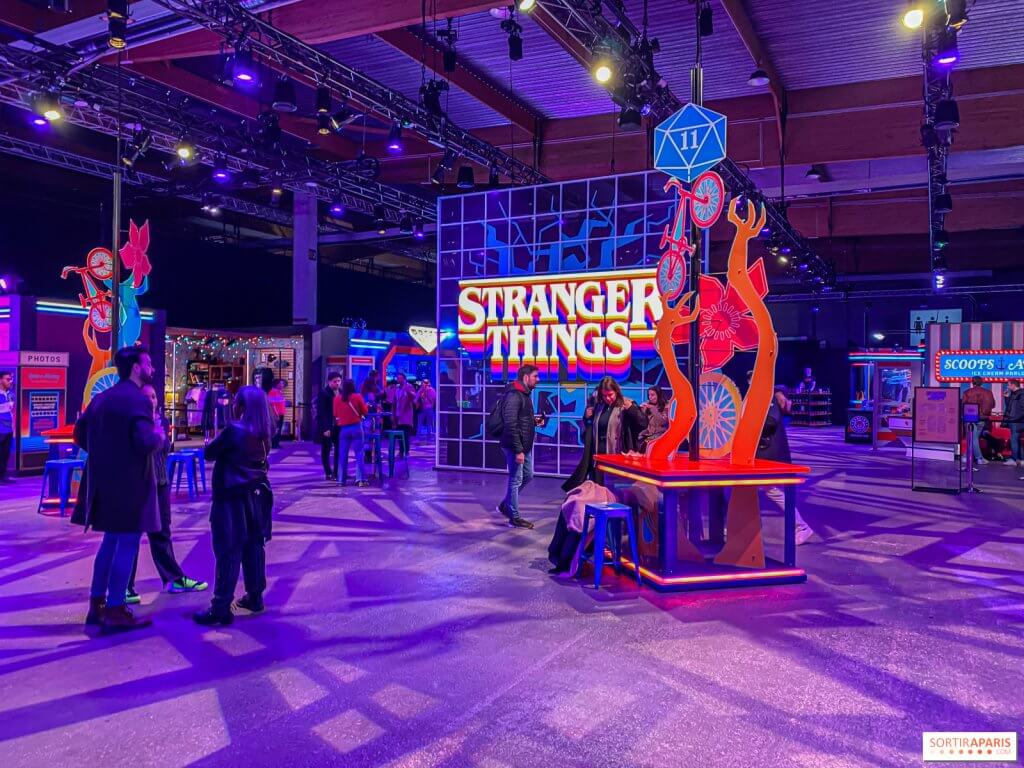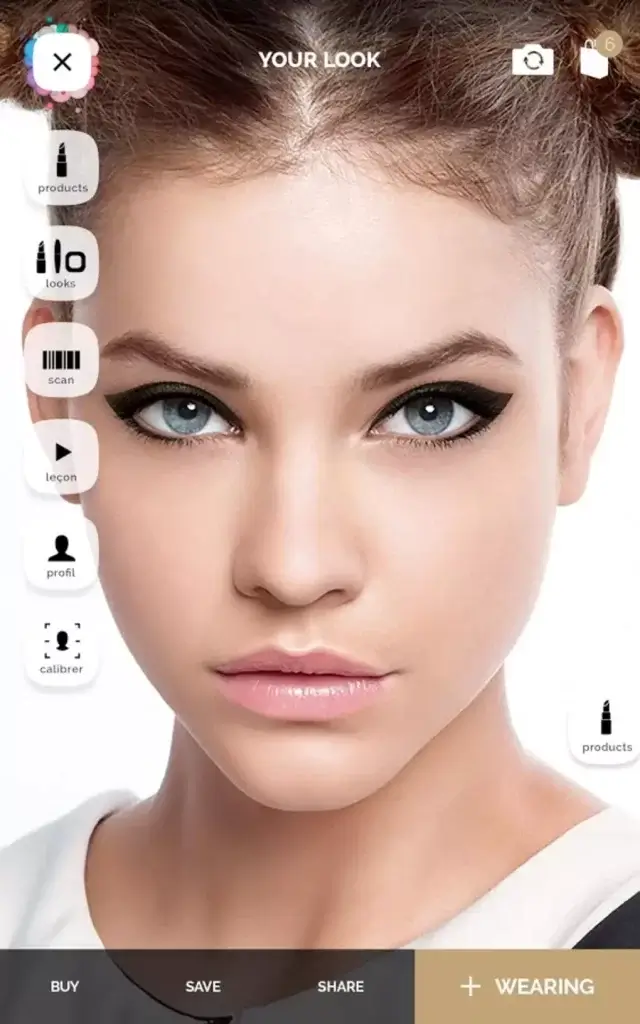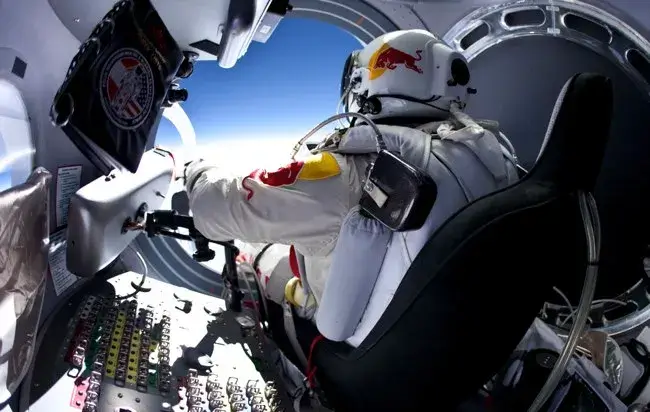
The Power of Storytelling in Event Marketing
Storytelling is a powerful tool in event marketing. It creates an emotional connection between a company, its products, and its customers. Effective storytelling increases engagement between a brand and its audience, which helps drive conversions and, ultimately, revenue growth. Focusing on storytelling can help build trust and loyalty by humanizing the brand. In this blog post, we will explore the importance of storytelling in event marketing and how it can be used to create a memorable event.
What is Event Storytelling?
At its core, event storytelling involves using narratives, emotions, and experiences to create a cohesive and immersive event journey. It goes beyond simply delivering information or showcasing products; it aims to captivate and connect with attendees emotionally. Story-driven events shape brand identity, as narratives communicate core values and mission. A well-crafted story lingers in attendees’ minds, extending the event’s influence long after it’s over, thus establishing a long-lasting impact.
Why is Event Storytelling Important?
One of the most important aspects of event storytelling is authenticity. Authenticity is paramount in an age where consumers are more informed and skeptical. Authentic stories resonate with attendees, making their marketing campaigns more memorable and impactful. Brands like Apple, Nike, and Airbnb are prime examples of proper storytelling. These brands don’t just sell products; they sell experiences, aspirations, and a sense of belonging. As a result, their stories resonate with the audience, making their marketing campaigns more memorable and impactful .
Another important aspect of event storytelling is emotional connection. The power of storytelling lies in its ability to evoke emotions. People remember stories that make them feel something. By creating an emotional connection with attendees, event planners can create a more memorable and impactful event. This can be achieved through a variety of techniques, such as using music, lighting, and other sensory elements to create a specific mood or atmosphere.
How to Use Event Storytelling?
Event storytelling also focuses on “moments.” Highly successful events like C2 Montreal and TED use a variety of formats in their event design to encourage learning and sharing. Interactive workshops, hackathons, and other creative elements transform attendees into active participants. C2 Montreal’s agenda, for example, is about 80% workshops and 20% speakers.

By designing their event to keep attendees engaged, they’re more likely to retain knowledge and recall the experience positively. Because of C2’s excellence in event storytelling, it attracts more than 6000 professionals each year.
When it comes to event storytelling, it’s important to remember that less is often more. A cluttered event space can be overwhelming and detract from the overall experience. Instead, focus on creating a cohesive and engaging event design that reflects the desired atmosphere or theme. This includes elements such as decorations, signage, lighting, and overall aesthetics that contribute to the event’s ambiance.
Some examples of events that use storytelling effectively are:
- The Burning Man Festival: This annual event in Nevada is a celebration of art, community, and self-expression. The event is based on a story of a man who burns a wooden effigy every year, symbolizing renewal and transformation. The event attracts thousands of people who create their own art installations, costumes, and performances, creating a unique and immersive experience.
- The Wizarding World of Harry Potter: This theme park in Orlando is a dream come true for fans of the Harry Potter series. The park recreates the magical world of the books and movies, with attractions such as Hogwarts Castle, Diagon Alley, and Hogsmeade. The park immerses visitors in the story of Harry Potter, with interactive elements such as wands, spells, and characters.
- The World Economic Forum: This annual event in Davos is a gathering of global leaders, thinkers, and influencers who discuss and shape the future of the world. The event is based on a story of collaboration and innovation, with themes such as “The Fourth Industrial Revolution” and “Stakeholders for a Cohesive and Sustainable World”. The event features panels, workshops, and networking sessions, where attendees can exchange ideas and insights 7.
Conclusion: Your Event Storytelling Should Be Better
Event storytelling is a critical component of event planning. It is the key to creating an immersive and engaging experience that attendees will remember long after the event is over. By focusing on authenticity, emotional connection, and creating “moments,” event planners can create an experience that meets or even exceeds attendees’ expectations. Remember that less is often more, and focus on creating a cohesive and engaging event design that reflects the desired atmosphere or theme. With these tips in mind, you can create a memorable event that attendees will be talking about for years to come.
Ready to Turn Your Event into a Legendary Tale? AAC is Here to Make it Happen!
You’ve seen the power of storytelling and its magic in event marketing. Now, it’s time to bring that story to life with AAC’s premier event solutions. Imagine an event where every detail, from entry to exit, weaves into the grand narrative you want to tell. That’s the AAC experience.
Event Planners, Listen Up!
Your next event deserves the best, and AAC is poised to deliver just that. With our top-of-the-line ID wrist bands, lanyards, and print products, we act as your assistant breaking down the barriers of planning events.
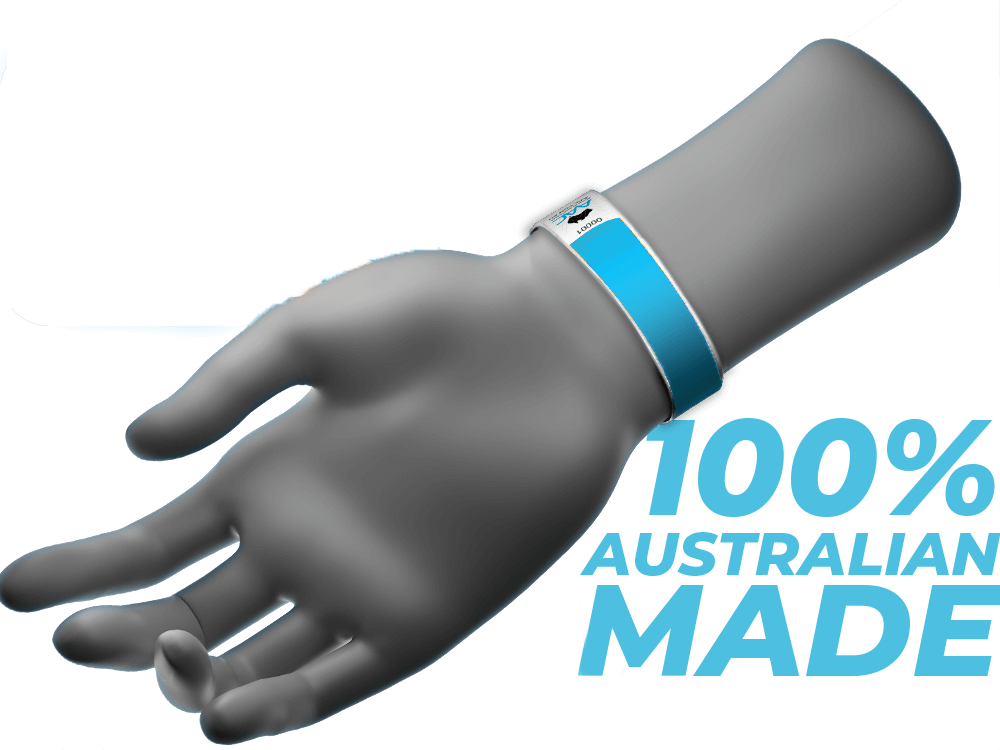
Why settle for less when you can have the best? Our Tyvek wristbands ensure secure, hassle-free entry management.
Our custom-printed lanyards aren’t just accessories; they’re statement pieces that echo your event’s theme. And our promotional print products? They’re the canvas where your event’s story unfolds in vivid colors.

We’re your partners in the event planning journey, ensuring every piece aligns perfectly with your vision. With AAC, you get a promise of excellence, innovation, and a commitment to making your event unforgettable.
Take Action Now! Don’t let your event be just another date on the calendar. Make it the talk of the town with AAC’s solutions. Visit us today and see how we can help your event tell a better story!
